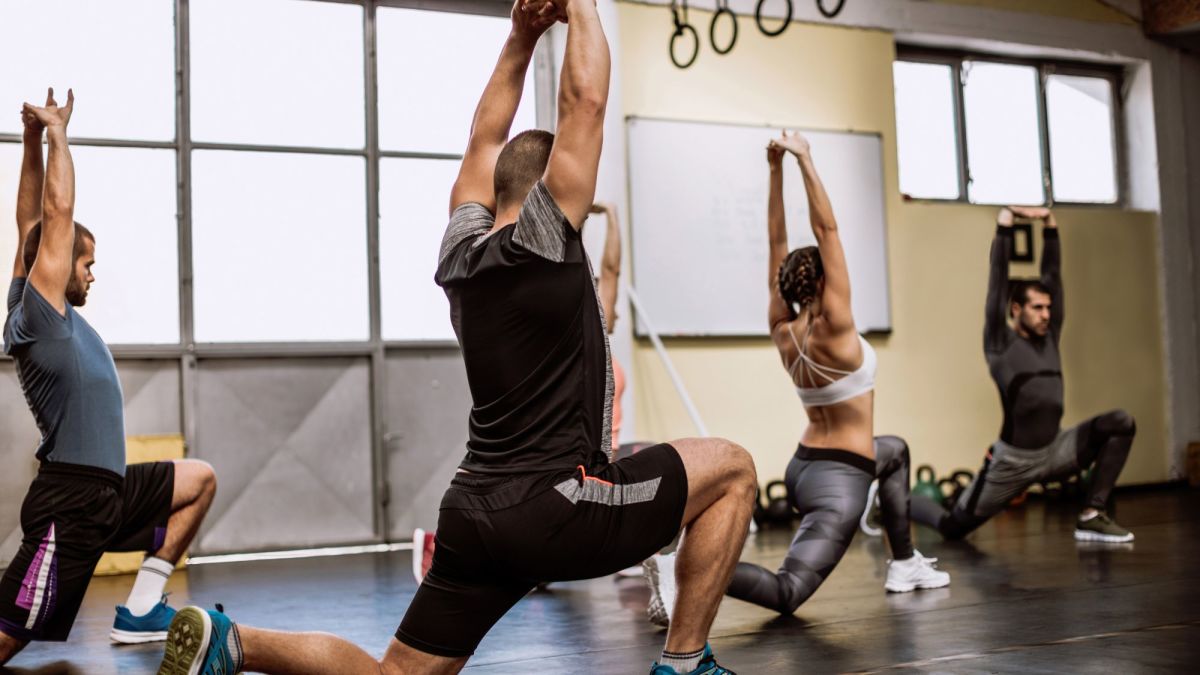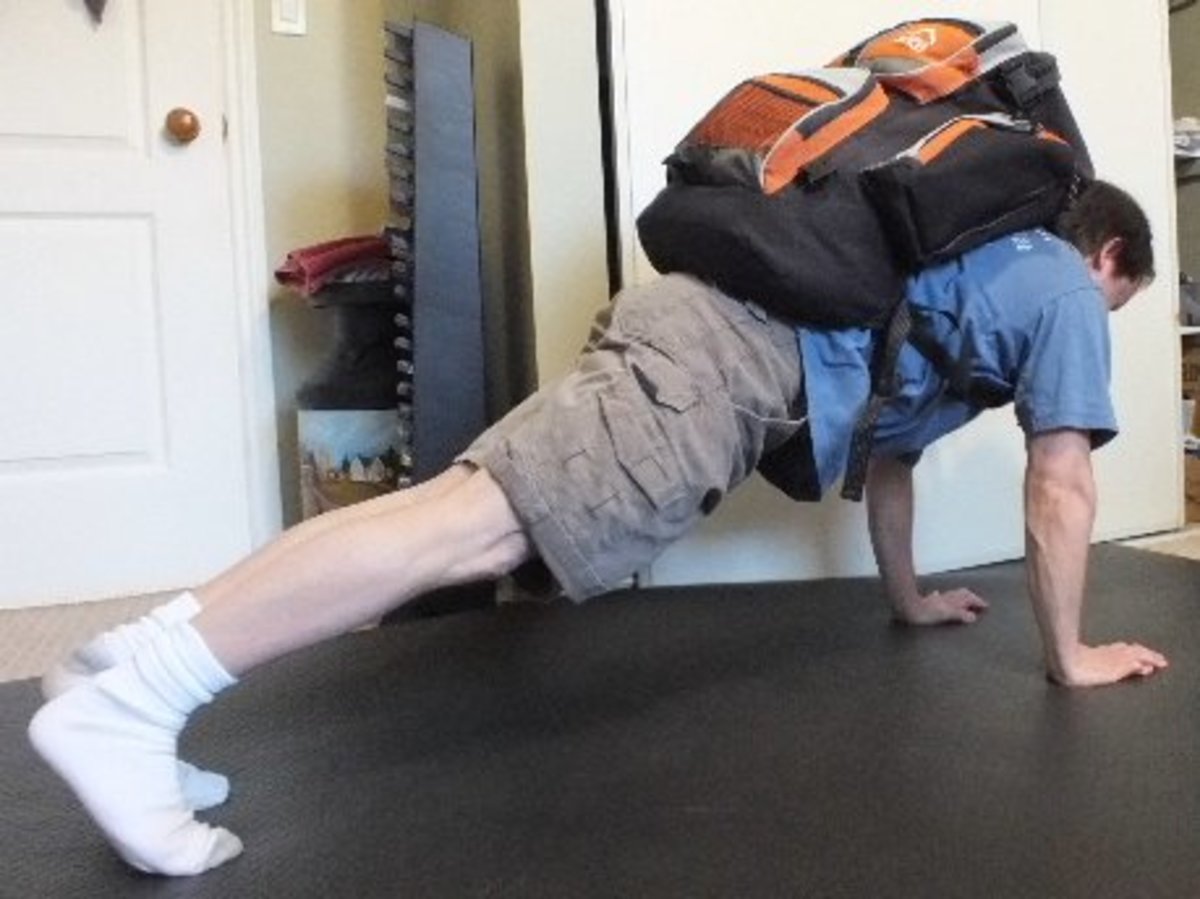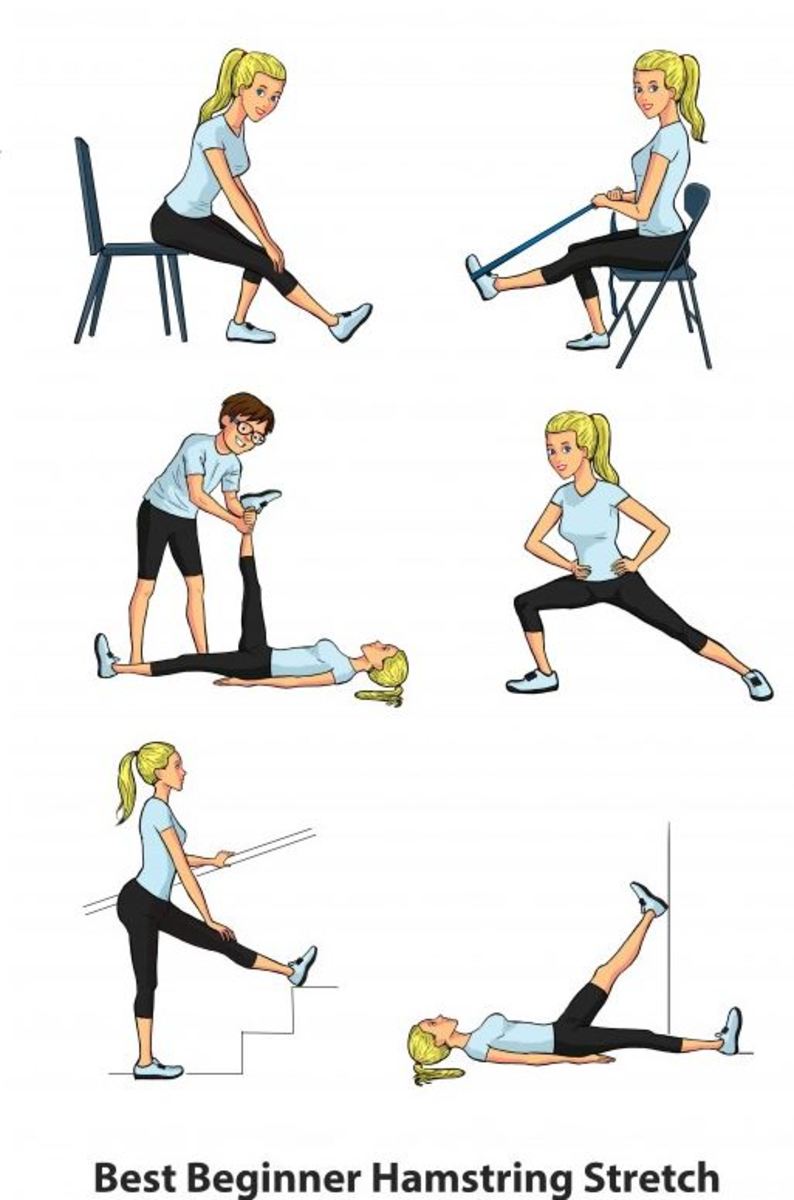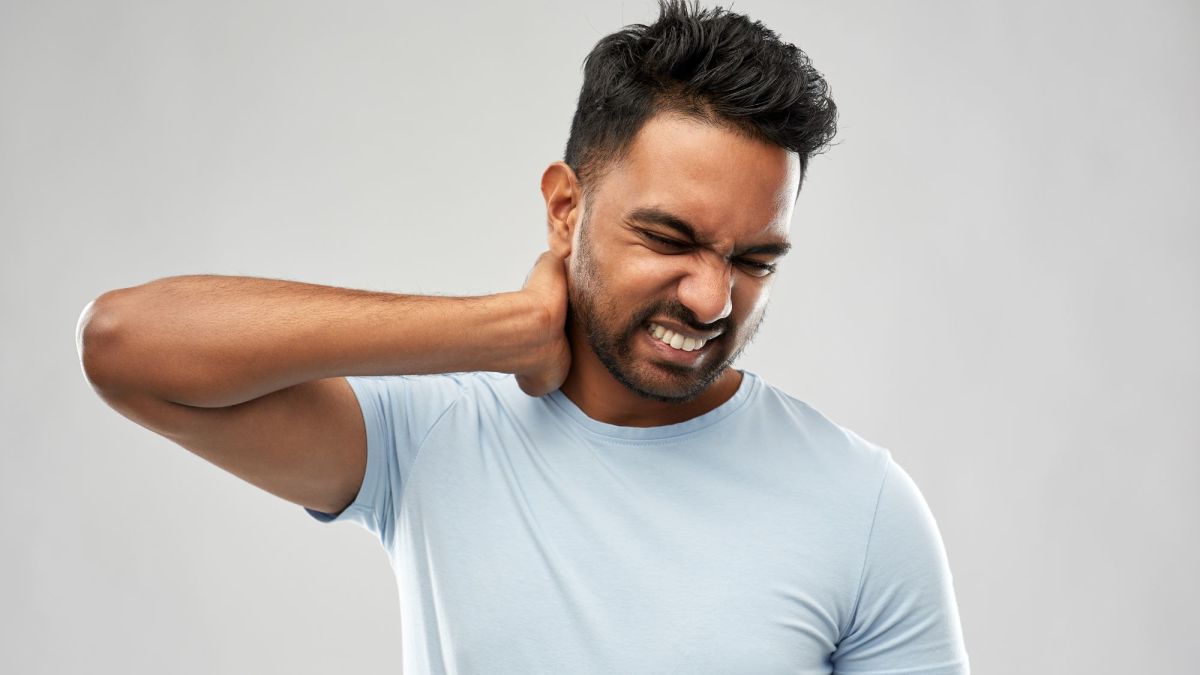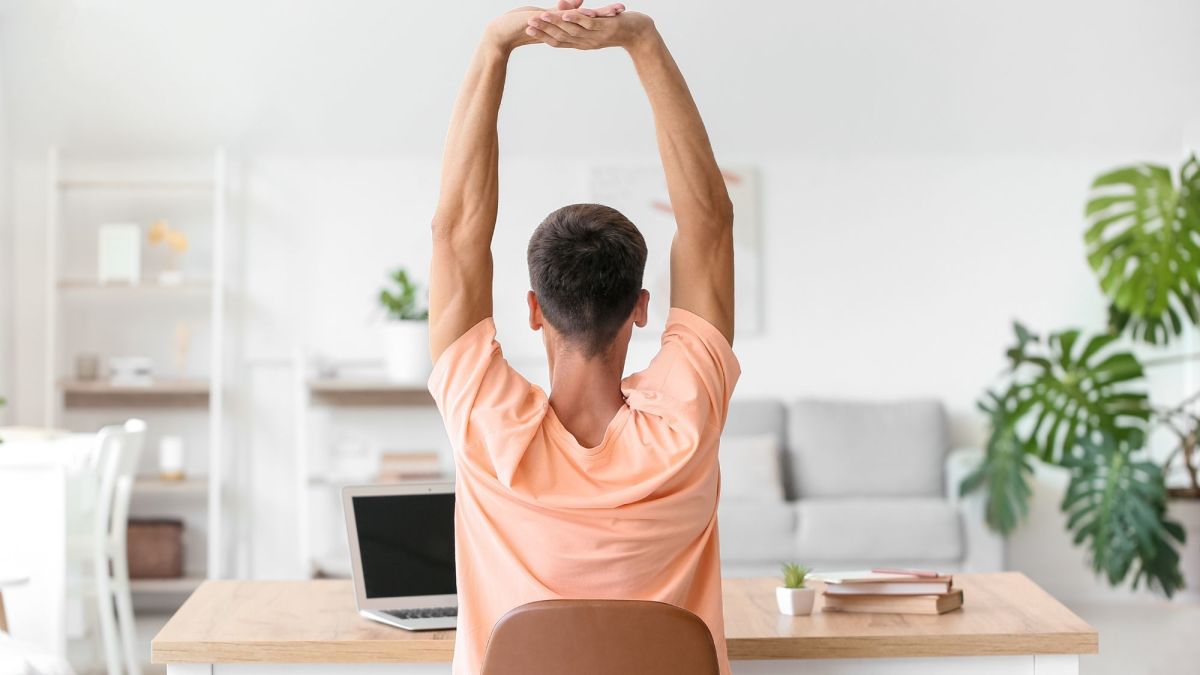The Many Ways of Stretching
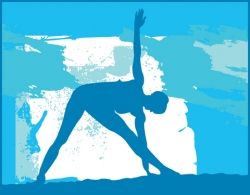
How to Get the Most from Your Stretching Exercises
Flexibility has always been a significant challenge for me. Even as a child, I struggled to touch my toes—a simple feat that many take for granted—and this early experience set the stage for a lifelong journey toward improved flexibility. Over the years, I have explored and experimented with a wide range of stretching techniques and exercises, from static stretches to dynamic warm-ups, all in pursuit of achieving maximum flexibility in the shortest possible time. This journey has not been without its setbacks; I encountered moments of frustration, plateaus, and even occasional pain as I pushed my limits. However, each challenge taught me valuable lessons about perseverance, body awareness, and the importance of a personalized approach to flexibility training.
Through trial and error, I learned that progress comes from understanding one’s unique body mechanics and adapting routines to suit individual needs. Whether it was incorporating elements of yoga, martial arts, or simply modifying traditional stretches, every experiment added a new layer of insight to my practice. Now, I am excited to share the fruit of my labors—the techniques and insights that have gradually transformed my stretching routine. What follows is a comprehensive overview of methods and strategies you can use to refine and enhance your current stretching practices, enabling you to overcome your own flexibility challenges and unlock your body’s full potential.

Slow and Steady
A Word of Caution
Before starting any of these techniques, please consult your physician. Depending on your age and physical condition, certain methods may be more suitable than others. As you try these exercises, be sure to listen to your body. While a dull, uncomfortable throb is common when stretching tight muscles, sharp or stabbing pain in your joints or muscles is a warning sign. If you experience such pain, stop immediately and return to a more comfortable position. I cannot stress enough how important it is to avoid injuries, as even a minor ligament strain can set you back for weeks. Proceed at a pace that feels right for you and never rush through your routine—real progress is made gradually and steadily.
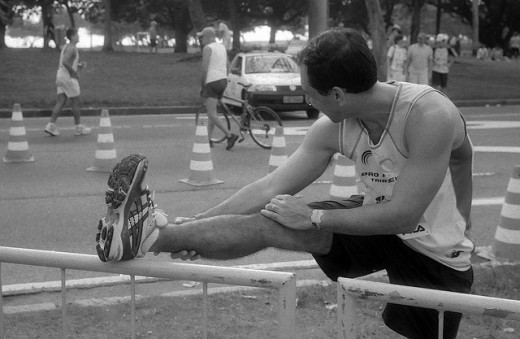
Duration And Contraction
Two Basic Concepts that Help Structure Basic Stretching Techniques
Let's start by covering some basic knowledge about stretching techniques. All of them are comprised of two main factors: 1.) duration of the stretch and 2.) muscle contraction. The duration of the stretch is simply the length of time used to remain in a position that produces the desirable stretch. Muscle contraction can be understood by the simple question of whether you are pulling or pushing against something or if someone or something is pulling or pushing for you. For example if I try to touch my toes by myself then I am contracting my muscles around my body in order to give myself a better reach. However, if all I do is stick my arms out towards my toes with no real effort and have someone push me then I am still stretching, but with no muscle contraction. Do not confuse muscle contraction with muscle tension caused by stretching. Muscle contraction is using your own strength in order to stretch a target muscle group.
The Videos
My focus is on the general analysis of several types of stretching methods rather than describing specific exercise routines. However, I have linked useful videos for you at the bottom of each section providing detailed instruction and examples of several routines demonstrated by some very skilled and experienced practitioners.
Static Stretching
Stretching for extended periods of time with no movement or extremely little movement is called static stretching. For example, the stretch where you try to touch your toes is a static stretch routine. Your body usually remains still, but you are using your focus and energy to stretch out any muscles you need in order to accomplish your target goal: touching your toes. The point of this technique is to accomplish flexibility by forcing the muscles to acclimate to a position that is extended out of the usual range of motion. This manner of stretching is very popular and you were probably introduced to it at school during gym class. Experts generally define a static stretch as being held for about 20 seconds or more. Technically speaking, the duration of the stretch is totally up to you. Recommendations range from 10 seconds to 40 minutes. If you're unsure how long to keep your static stretch I would start with 20 seconds, and then adjust to whatever feels comfortable to you. However, be very careful. When stretching for a significant amount of time muscles can tense up to a point that releasing the stretch can be very uncomfortable, and any quick or hard movements can easily pull and damage muscles. Remember to always take it slowly. Feel your way around your body first by testing the waters with a shorter duration.
Brandon Campbell from Campbell Fitness discusses the proper way to practice static stretching.
This video describes some of the more fundamental static stretch routines.
"Static stretching allows your muscles to recover, lengthen, and cool down after a workout"
Dynamic Stretching
Another stretching technique is dynamic stretching, which is essentially the opposite of static stretching. Dynamic stretching includes slow and controlled movements that comfortably push joints out of their normal range of motion. Rotating your shoulders in place is a good example of a simple dynamic stretch. Another is a simple neck rotation where you rotate your head around your neck in a slow, controlled, and comfortable motion. While static stretching mainly focuses on reach, dynamic stretching develops both reach and speed. The idea is similar to the rubber band analogy where if one pulls and relaxes a rubber band continuously then that rubber band will begin to lengthen over time. When practicing dynamic stretching it is important to discontinue the stretch if the target muscles become fatigued. Tired muscles become stressed and contract, thereby making it more difficult to reap the benefits of dynamic stretching. If you find that your muscles are fatigued take a break. I prefer to do 8 to 10 repetitions of each movement.
A good overview of the various dynamic stretching routines that are out there.
The Omaha Physical Therapy Institute discusses the differences between static and dynamic stretching and the best times to use dynamic stretching.
Bill Farr explains some of the advantages dynamic stretching has over static stretching when used before certain activities.
Bill Farr continues to demonstrate a full body dynamic stretch routine.
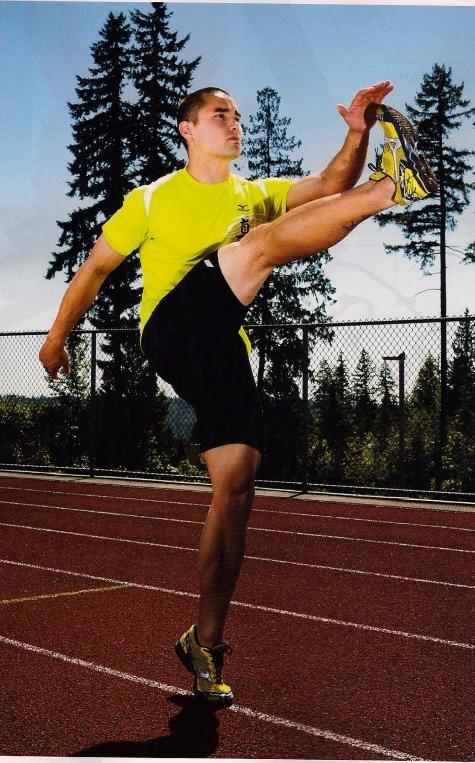
Ballistic Stretching
While dynamic stretching is comprised of slow and controlled movements, rapid movements lead to an entirely different kind of stretching called ballistic stretching. Ballistic stretching uses the momentum and weight of a body part or limb in order to push a joint out of the normal range of motion. Under close supervision or for the more experienced athlete this is a viable option, however, for the average individual ballistic stretching can be dangerous. The sudden changes and impact that ballistic stretching has on the muscles deprives them of the time needed to relax and adjust. One example is the bouncing movement that some do in order to touch their toes from a standing position. Although there are some benefits to ballistic stretching the negatives outweigh the positives, so the amateur practitioner is advised to avoid ballistic stretching.
A Deeper Look into Ballistic Stretching - Advice from the Profressionals
If you ever do your own research on ballistic stretching you might come across very differing opinions on whether it should be practiced or not. As I mentioned before ballistic stretching can be practiced under special supervision by an experienced professional or if you are a trained athlete. Otherwise, be very careful.
Sang H. Kim has practiced taekwondo for over 45 years and admits he has used ballistic stretching all throughout his taekwondo career. He is also the author of "Ultimate Flexibility: A Complete Guide to Stretching for Martial Arts", which I highly recommend even if your focus is not martial arts.
Personal Trainer Jeff Bonsall talks about what ballistic stretching is and the risks involved.
Passive Stretching
Describing stretching as static and dynamic is limiting as it only refers to the duration aspect of the technique. However, once muscle contraction is added to the equation static and dynamic stretching can be divided into four separate groups: static-passive, static-active, dynamic-passive, and dynamic-active. A passive stretch technique involves the assistance of a training partner or an apparatus that will maintain an extended position. The best example of a static-passive stretch are the splits where the apparatus is the floor as it pushes against the legs due to gravity. A dynamic-passive stretch involves a training partner or apparatus continuously moving a part of the body beyond the usual range of motion in a gentle manner. Standing up with one leg pointing outwards while your partner moves your leg while providing resistance is one example of a dynamic-passive stretch. Passive stretching is recommended after workouts as part of a “cool-down” routine since it does not require any muscle contraction or activation if practiced correctly.
A rundown of passive stretching techniques using a partner.
Active Stretching - Using Muscles to Stretch Muscles
Active stretching consists of using the muscles of one's body in order to maintain an extended position. More accurately, you are stretching one set of muscles (antagonist muscles) by using the strength of the opposing muscle group (agonist muscles). A static-active stretch is one where you maintain an extended position for a period of time while using the agonist muscles to relax and stretch the antagonist muscles. Yoga is mostly comprised of static-active stretch routines. A more specific example of a static-active stretch routine would be to lift your leg up in the air as high as you can and holding it in that position.
The last of the four main types of stretching is the dynamic-active stretch. Any stretch where you move in a continuous fashion can be labeled as a dynamic-active stretch routine. This type of stretching is highly endorsed since it requires you to build and develop your own strength and can be more helpful for functional movement required in physical activity.
An excellent example of what active stretching looks like for the upper body.
Fitness Blender continues to demonstrate active stretching around the lower body. The video is a little lengthy, but the segment demonstrates a full routine with clear instructions in case you wish to practice this at home.
What Works for You?
Whether it's due to age, background, body type, or sex each body is different in some way, shape, or form. Only you can decide what's the best way for you to become flexible. What works for others may not work for you, and vice versa. Experiment with different routines using the different methods described here. Just remember to start slowly with plenty of time for rest and recovery.
Active Isolated Stretching (AIS)
There are a variety of more complicated stretching techniques. One large subcategory of dynamic-active stretching is active isolated stretching (AIS). Doing this technique requires several repetitions where the point of resistance is exceeded by a small measure and held for about 2 seconds. The number of repetitions and sets you do is up to you and should be practiced similarly to a regular strength-training exercise. The objective of the AIS technique is to avoid stretching when muscles are tense due to natural muscle reflex while also providing blood flow to release lactic acid buildup. A muscle can be stretched for about two seconds before it becomes activated.
Phil Wharton, an expert physical therapist who has worked with both novice and professional runners, gives his knowledge on AIS and demonstrates several routines you can use at home.
The self proclaimed creator of AIS, Aaron Mattes, gives a cursory overview of the AIS method.
Joseph Pallo demonstrates how to engage AIS on professional martial artist Alain Ngalani.
Isometric Stretching
Isometric stretching is another advanced technique. Whenever you push or pull an immovable object your muscles are experiencing isometric contraction. The muscle contraction is the only changing factor since the more force you apply, the greater the contraction, however, neither you nor the object are moving. Pressing against a wall and pushing your legs through a floor are two basic examples of using isometric contraction. To practice isometric stretching using isometric muscle contraction, you select a target muscle group you wish to stretch and assume a passive stance. Next, use the target muscle group to push or pull an immovable object for no more than 15 seconds. Finally, relax the muscles for 20 seconds.
In order to explain how isometric stretching works we need to delve a little deeper into the science. Whether the purpose is to stretch or condition we are activating individual fibers within our muscles. When doing a strength-training exercise you are contracting muscle fibers, while stretching elongates muscle fibers. But, there is no such thing as a partially activated muscle fiber, whether it's contracted or elongated - either the fiber is activated or relaxed. And usually the number of activated fibers are very few compared to the number of fibers that are relaxed. The set of fibers that undergo contraction usually differs from the set of fibers that are undergo elongation during stretching. Therefore by both stretching and contracting, you are activating nearly twice as more fibers during the exercise. The real advantage of isometric stretching occurs when some of the fibers being stretched undergo contraction at the same time. During this phase the fibers undergo a special reflex that forces them to stretch even further than would otherwise during a normal active stretch routine.
Although isometric stretching is definitely one of the superior methods of stretching and attaining flexibility it does have drawbacks. This form of stretching can be very tough on the tendons and ligaments, and therefore should not be practiced by children or adolescents who are still growing. In order to avoid injury try doing a dynamic strength exercise as a warm-up before proceeding into an isometric stretch routine. Because of the strain this technique can have on the muscles rest time should be around 36 hours between stretch workouts.
Dan Vukmirovich demonstrates a simple isometric stretch routine.
PNF
Proprioceptive neuromuscular facilitation, otherwise known as PNF, is a combination of isometric and passive stretching that is believed to be the most effective way to stretch. The PNF method starts by passively stretching a muscle group for a period of time, then isometrically contracting those muscles, and finally stretching again in the increased range of motion. In other words you can modify the previous isometric stretch instructions as follows:
1. Select a target muscle group you wish to stretch and for the moment assume a passive stance.
2. Apply isometric contraction on the muscle group for no more than 15 seconds.
3. Allow a passive stretch to increase the range of motion comfortably.
4. Relax the muscles for 20 seconds.
5. Repeat.
The primary focus of PNF stretching is using isometric contractions on the agonist muscles and taking advantage of the muscles' ability to stretch beyond the initial maximum length. Some who practice PNF stretching will also contract the antagonist muscles during their routine in order to relax the agonist muscles even further.
Since PNF stretching incorporates isometric stretching the same risks apply. A PNF stretch can be very hard on the tendons and ligaments, so a rest period of 36 hours between each session on a particular muscle group is highly recommended. Again, young people who are still growing should avoid the PNF technique. If you do decide to employ the PNF method into your stretching routine then I highly recommend you get a training partner to help you. Completing the PNF method correctly by yourself can be difficult, especially when trying to employ passive stretching and isometric contractions. A partner will not only spot you but also provide the necessary resistance you need to accomplish an isometric stretch as well as assist you during passive stretches.
Britt Bailey Kerber from the WA campus at Australian Institute of Fitness demonstrating safe PNF stretching routines.
Myofascial Release
Myofascial release is the last type of stretching. Your muscles are supported by a connective tissue called fascia. Fascia may become very tight or rigid due to lack of activity, injury, or other health reasons. In order to relieve tightness and tension a massage-like action is recommended. This can be accomplished by using a foam roller or similar device and applying it to the target area of the body. Continuously moving the foam roller over the area in small controlled back-and-forth movements will help relieve tension in the fascia and increase flexibility. The amount of pressure applied to the target area is up to the individual's discretion. However, this exercise is known to be very effective even with a minute amount of force.
Josh Schlottman from TrainerJosh.com demonstrates several easy myofascial release exercises you can do with a foam roller or a tennis ball.
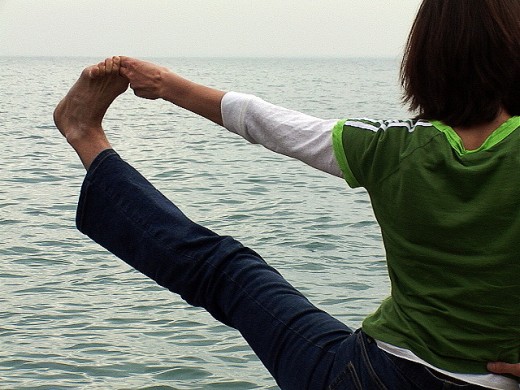
Take Your Time
The advantages of being flexible include less chance of injury performing physical activities (demanding or otherwise) as well as developing a greater range of motion. Coaches, fitness experts, trainers, physiologists, and athletes are always developing new techniques and ways to gain and maintain flexibility. Take your time and decide which one is right for you. Again, always listen to your body, especially for some of the more demanding techniques like isometric and PNF stretching. If you decide to incorporate any of the new techniques into your regular stretch regiment be sure to make it a gradual process. To avoid injury, always let your body accustom itself to your new technique rather than forcing it. Results will vary depending on your age and condition, so remember to have reasonable expectations of yourself. And always remember that no matter what technique you use consistency is always key. Good luck and safe stretching!
Stretching and Flexibility Devices and Literature





